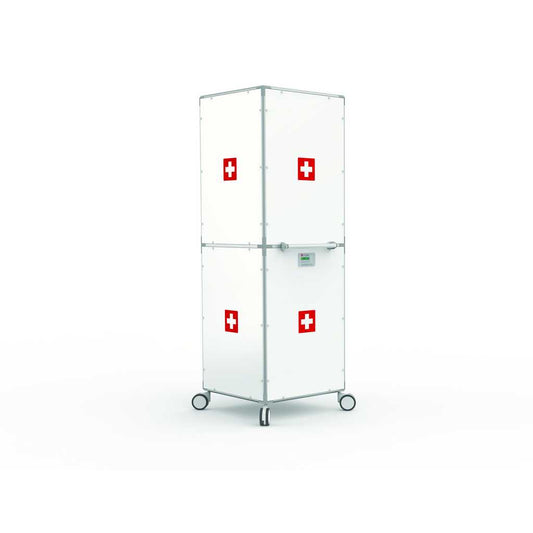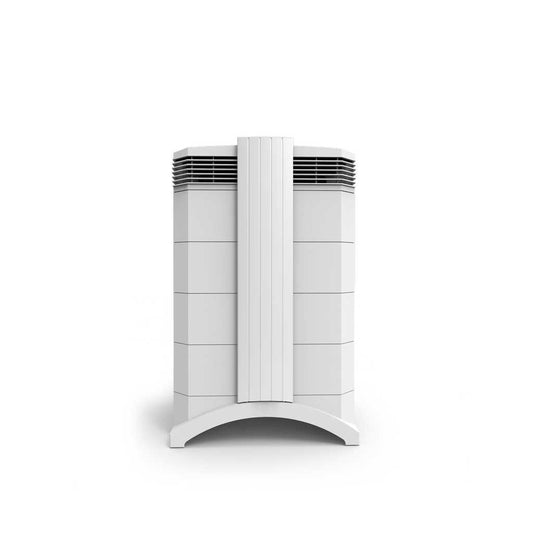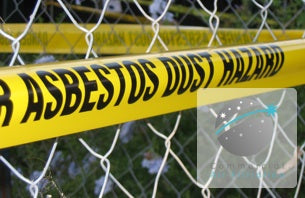
Construction Air Purifier
Managing the high levels of dust and particulate matter during construction and renovation works can be challenging. Airborne particles can contaminate adjoining areas but can also cause health issues by triggering respiratory problems, asthma and allergy symptoms. Professional construction air purifiers can be an effective way to control airborne contamination on and near construction sites.




